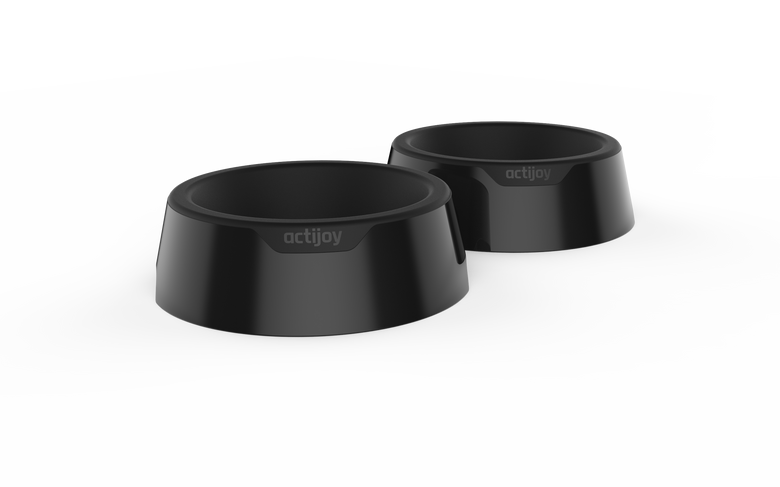5 Tips for Getting your Dog Ready for Winter

Listed here are five tips for making sure your dog is ready for winter.
Consider Dog Clothes
Contrary to popular belief, a fur coat does not keep all dogs warm in the winter. If your dog is a northern breed such as a Siberian Husky, Alaskan Malamute, or a Chow Chow, chances are that your dog has no use for extra insulation. However, if your dog is a small breed, has a short coat, or is elderly, then clothing is a good option. Jackets, sweaters, and dog boots are all good options.

Transition to Cold Temperatures Slowly
While it can be tempting to go for a long walk on the first snowy day, dogs should transition slowly to the colder temperatures. Limit the amount of time your dog spends when temperatures first drop in order to avoid hypothermia.
Prevent Dry, Itchy Skin
Winter air can wreak havoc on a dog’s sensitive skin. Limit baths for your dog and use a conditioning oatmeal-based shampoo. For dogs with especially dry skin, a supplement such as fish oil or coconut oil can improve skin quality.
Winterproof Your Dog’s Living Area
Whether your dog lives indoors or outdoors, it is important to make sure your pet’s environment is suited to the weather. If your dog primarily lives in an outdoor kennel, make sure his or her doghouse is draft free and full of appropriate bedding. Avoid using towels or fabric, which can become wet and frozen. Instead, opt for hay or sawdust. Don’t forget to provide warm and comfortable bedding for indoor dogs, as well. Also take care to patch any drafts in your house, especially near doors and windows. This step will not only keep your dog comfortable but also save you money on your utility bill!
Store Common Pet Poisons Out of Dog’s Reach
Cold weather means increased use of common pet poisons such as antifreeze and rat poison. Antifreeze tastes sweet to pets, and even a small amount is toxic. Additionally, rodents seek warmth as the weather grows cold, which increases the use of pest poisons indoors. Keep rodenticides far out of reach from pets, and opt for pet-friendly alternatives in areas where dogs could potentially catch dying rodents and contract secondary toxicity.
Both toxins represent the highest number of veterinary visits each year. Time is of the essence – how fast would you find out that your dog is in a bad health condition? Actijoy systems offer a way to monitor your dog’s health in a much more detailed way than is otherwise possible. Learn more about it here.
If you would like to learn more about Dog care & Health directly in your inbox, be sure to subscribe to our blog!
Please note: all dogs should be treated as individuals. The Actijoy blog is for educational and entertainment purposes only. In the case of emergency, always seek qualified healthcare from a local veterinarian or emergency facility. Actijoy blogs are not designed to treat, diagnose, or prescribe medication for your pet.



